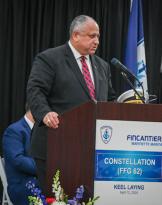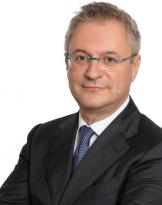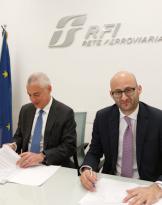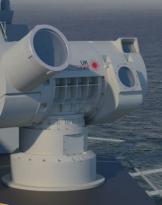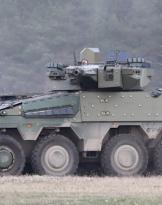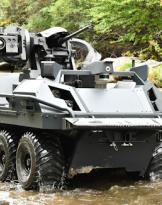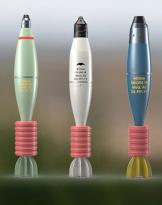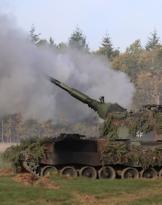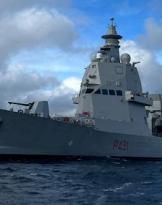The C-27J Flying Test Bed aircraft, technological demonstrator of the European Clean Sky 2 programme, concluded the REG IADP – Regional Integrated Aircraft Demonstration Platform – technological demonstration campaign in Turin-Caselle.
The in-flight demonstration brings to a conclusion the technological development cycle started 10 years ago in Europe with the coordination of Leonardo and the involvement of an important national supply chain integrated with a highly qualified European ecosystem, with over 100 partners including SMEs, Research, University and Industry.
The flight activities will allow the validation of the solutions designed by Leonardo's engineers in Turin and Pomigliano d'Arco, capable of significantly contributing to the reduction of consumption and therefore the environmental impact of future aircraft.
Leonardo has made the C-27J Spartan aircraft, famous for its excellent flight performance and multi-mission capabilities, available as a European Flying Test Bed to experiment with innovative wing configurations equipped with particular mobile surfaces - Innovative Wingtip and Morphing Winglet - capable to change shape during flight via digital systems and active and adaptive technology.
The movement of these particular surfaces occurs thanks to advanced electromechanical actuators with local digital control units and a central flight control computer which, on board the aircraft, acts as a supervisor, verifying and regulating in real time the performance of the active control and distribution system of the aerodynamic load (Load Control & Alleviation) to optimize the aircraft's attitude, performance and fuel consumption in the various phases of flight.
In particular, the WingTip is equipped with a mobile part of approximately 80 centimeters capable of performing a maximum rotation of ±15 degrees (photo 2), while the WingLet is a vertical end fin with a height of approximately 1 meter and is composed of two independent moving parts, each with maximum rotation between +5 degrees and -15 degrees.
“We record an extraordinary technological result made possible thanks to an excellent European aeronautical ecosystem led by Leonardo who has brilliantly played the role of coordinator of innovation and sustainability – recalls Aurelio Calcedonio Boscarino, head of Strategy and Innovation in Leonardo's Aircraft Division – and it is only with the race for innovation that we can be sustainable and competitive.
The activity confirms the excellence of Leonardo's skills in the design of new configurations and architectures with innovative solutions for the flight control of aircraft, as well as the ability to evolve to respond to the greatest challenge which will be keeping pace with digital transformation for ensure the development of an aeronautical industry and a solid European supply chain capable of guaranteeing sustainable and competitive growth at a global level.
The availability of experimental data will represent a strategic technological asset also due to the potential it can express in the training of artificial intelligence algorithms for flight control and the maturation of future digital systems with high reliability and increasing levels of autonomy to optimize performance and the characteristics of future aircraft in every phase of flight, reducing weight, fuel consumption and costs over the entire life cycle".
This achievement comes a few days after another important technological objective envisaged by the European Clean Sky 2 program: the demonstrator of the new Pax Cabin Demonstrator fuselage.
In fact, last January 10, the full-scale demonstrator of a regional aircraft fuselage was transferred from Leonardo's Large Structures Laboratories in Pomigliano d'Arco to the Fraunhofer Institut, in Valley, Germany. This demonstrator is the result of a collaboration between Leonardo and twenty European partners, including universities, research centers, SMEs and industries.
7,3 meters long and 3,4 meters in diameter, the Pax Cabin Demonstrator was built using structural components in composite material assembled with advanced automatic systems. The objective of technological development is to improve on-board comfort through innovative environmental conditioning solutions and cabin components, such as on-board services and seats. After the vibro-acoustic tests successfully carried out in Leonardo's laboratories, the demonstration will be completed under the direction of the company at the German Research Center with the comfort tests, validating the integrated technologies at the highest levels of maturity achievable in the field. of research.
The research activities and the two technological demonstrators were co-financed by the European Union in the context of the Horizon 2020 program and contribute to developing the technologies necessary for the development of the future generation of low-emission aircraft, an essential element for realizing the commitment of the European Commission in achieving climate neutrality in air transport by 2050.
The technologies developed in the context of the Clean Sky program will compete in synergy with those that will be developed in the Clean Aviation program to guarantee net reductions in greenhouse gases (GHG) of at least 30%, compared to the state of the art in 2020 with the aim of allow the entry into service of new aircraft with reduced environmental impact no later than 2035 and promote the replacement of 75% of the global civil aviation fleet by 2050.
Leonardo is among the founding partners of Clean Sky 2 Joint Undertaking - now Clean Aviation JU - which is the main technological research program in Europe to transform aviation towards a sustainable future.


